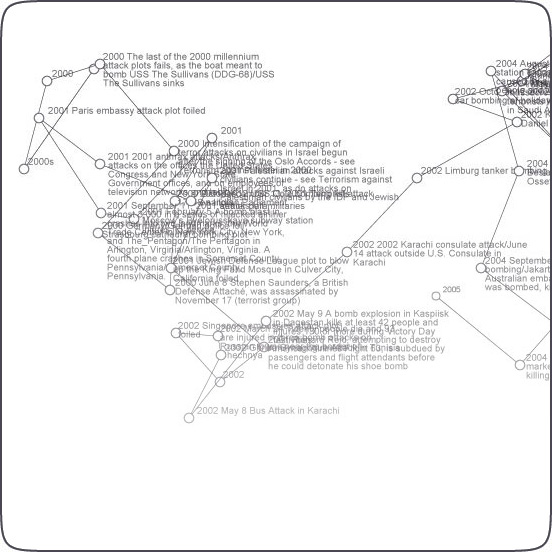

The End.X instruction represents the shortest path to a given node followed by a forwarding adjacency over a specific link. The End instruction represents the shortest path to a given node. For example, the instructions related to Traffic Engineering (TE) and Fast Re-Route (FRR) - ‘End’ and ‘End.X’ - as well as the Virtual Private Network (VPN) instructions - ‘End.DX’ and ‘End.DT’ - are examples of SRv6 instructions that are defined at the IETF. SRv6 instructionsĪn SRv6 instruction can represent any topological or service-based instruction. In this case, the first and only instruction will be in the DA and The network program can likely be expressed with one single

Figure 1 - SRv6 network program with three instructions. The remaining two instructions are placed in the SRH. If the network program requires more than one instruction, the remaining list of instructions is placed in the Segment Routing Extension Header (SRH).įor example, an SRv6 network program with three instructions will have the first instruction placed in the DA of the packet. The first instruction of the network program is placed in the Destination Address (DA) of the packet. This network program is expressed as a list of instructions, which are represented as 128-bit segments, often called Segment ID (SID). SRv6 technology defines packet processing in the network as a program. Relying solely on the native IPv6 header and header extension, SRv6 provides the same services and flexibility as SR-MPLS, directly over the IPv6 dataplane. In this series of posts, I will discuss the details of the technology and how it simplifies the network by eliminating protocols such as Multiprotocol Label Switching (MPLS), Virtual Extensible LAN (VxLAN) and Network Service Header (NSH). Most importantly it is an IETF Proposed Standard ( RFC 8402, RFC 8754). SRv6 is not only supported in the native Linux kernel and FD.io VPP (since 2017) but also in P4, Wireshark, tcpdump, iptables, nftables, snort, ExaBGP and Contiv-VPP.

The open-source community is also largely backing up SRv6 with 11 open-source platforms/applications. These implementations span across custom silicon (Cisco systems and Huawei) and merchant silicon (Broadcom, Barefoot, Arccus, Intel, Marvel and Mellanox). In addition, 25 hardware implementations support SRv6 at line rate. SRv6 has been deployed in eight public, large-scale commercial networks, including Softbank, Iliad, China Telecom, LINE Corporation, China Unicom, CERNET2, China Bank and Uganda MTN. Since the start of the Segment Routing over IPv6 dataplane (SRv6) project in 2017, the ecosystem has grown unabated.


 0 kommentar(er)
0 kommentar(er)
